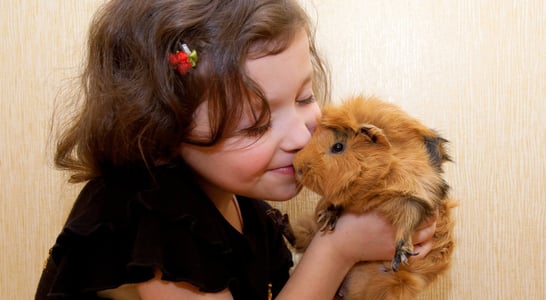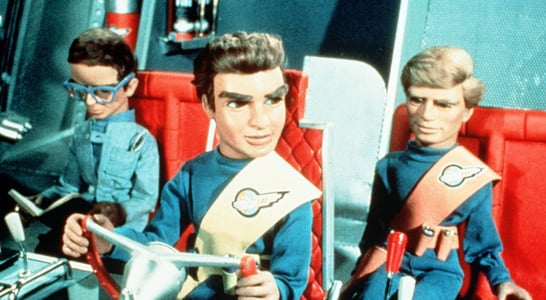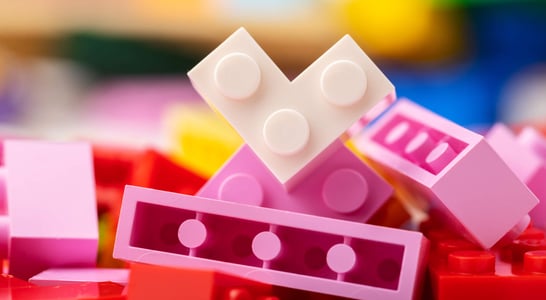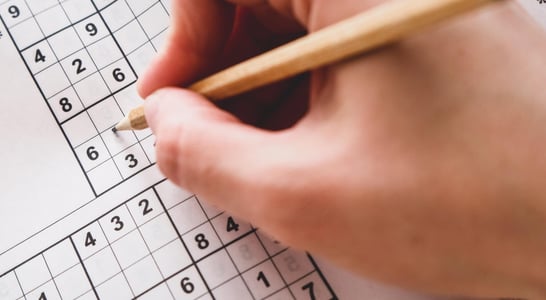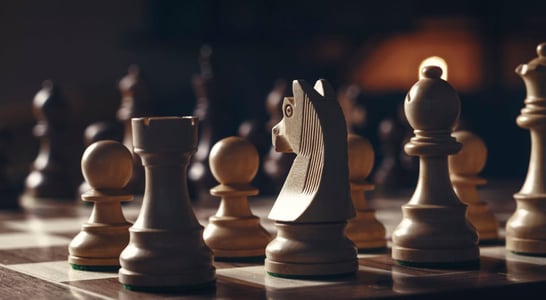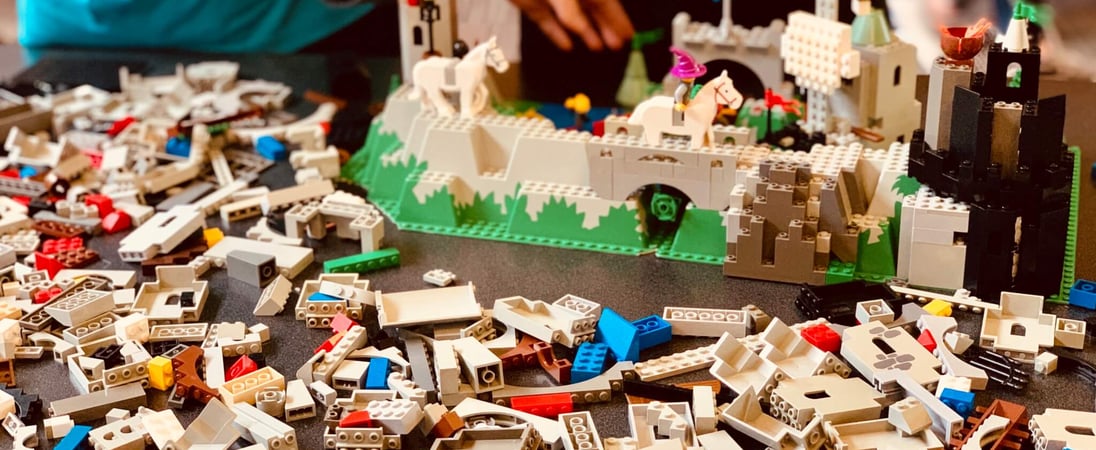
International Lego Classicism Day
Crafting with Lego pieces breathes life into historical epochs, enabling miniature portrayals of ancient civilizations and events.
While LEGO is certainly fun and exciting to play with, many people don’t realize that they can also be an incredibly important learning tool about the ancient world! International Lego Classicism Day brings these bricks together with ancient history in a fascinating way.
How to Celebrate International Lego Classicism Day
Folks of any age and from any location can participate in International Lego Classicism Day by connecting with some of these ideas:
Play with Ancient History and LEGO
One of the best ways to get connected with International Lego Classicism Day would be to grab a collection of LEGO style bricks and have some fun! One of the ways one member of the BCE likes to get involved is to use the mini-figures to make “portrait” replicas of important people in the industry.
Build and Share Historical Structures
Other ideas might be to use LEGO bricks to build various architectural structures from ancient history such as Pompei or the Acropolis. Don’t forget to take photos of the artist with the creation and share on social media!
Connect with the Brick Classicists Empire (BCE)
People who work in the field or are interested in experiencing ancient history through the accessible and inclusive use of LEGO bricks might want to get more involved with the BCE. Regardless of culture, language, education or skills, people can connect with the ancient world with bricks.
This not only facilitates learning about history, but also encourages playfulness, diversity and connection. Check out the BCE on Facebook, Twitter, or Instagram to learn more about this unique community and connect with events throughout the world.
History of International Lego Classicism Day
International Lego Classicism Day got its start in 2017 as a bit of a tongue-in-cheek event founded by Liam D. Jensen, also known as “The Lego Classicist”.
Jensen, from Sydney, Australia, was the founder of the Brick Classicists Empire (BCE), previously known as Lego Classicists. The Brick Classicists Empire is a vibrant online community, with members all over the globe, brought together through their love for the ancient world and the ability to connect it with play.
Specifically, the BCE combines history with pop-art and culture to engage with the ancient world through LEGO bricks and figures.
From scholars to archaeologists, museum directors to archivists and so many others, the BCE is made up of folks worldwide who are connected through their love for the ancient world and desire to better understand through LEGO.
International Lego Classicism Day takes place on this day because it is the anniversary of the formation of the BCE, which was on February 20, 2016.
The purpose of the day is for individuals and groups to participate and learn by using LEGO style bricks to depict ancient history and share it with the rest of the world.
Over the years, different museums around the world have acted as official hosts for International Lego Classicism Day.
Past host museums have included The Hellenic Museum in Melbourne, Australia and The British School at Athens, in Greece. In addition, a new International Lego Classicist of the Year is awarded a special honor and trophy in celebration of the day!
International Lego Classicism Day FAQs
Why do some Lego fans consider “Classicism” an art movement in Lego building?
Some Lego fans think of “Classicism” as an art style, similar to classic art movements like Renaissance or Baroque.
Classicism in Lego often emphasizes symmetry, precision, and harmony. Builders focus on intricate designs, often creating historically accurate or myth-inspired scenes.
This trend is popular in parts of Europe and North America, where builders aim to capture the essence of classical art in brick form.
This approach adds depth to Lego creations, pushing them beyond toys to works of art.
What unique traditions exist for celebrating International Lego Classicism Day?
In some countries, fans gather to hold “Brick Battles,” a type of live competition where builders recreate famous historical battles using Legos.
In Japan, some Lego artists recreate scenes from traditional Japanese mythology, blending classicism with cultural storytelling.
In Denmark, Lego’s birthplace, builders celebrate by creating miniatures of iconic Danish landmarks, like Kronborg Castle.
This international diversity reflects the holiday’s unique place in global Lego culture.
How did the concept of ‘Lego Classicism’ begin?
The concept of “Lego Classicism” emerged in the late 20th century as adult fans began to create more sophisticated, themed builds.
Inspired by ancient architecture, myths, and art, these fans viewed Lego as a medium for classic art forms, rather than just toys.
This trend gained traction on early online forums, where builders shared designs of Greek temples, Roman sculptures, and ancient mosaics.
Are there famous myths or misconceptions about Lego bricks?
Yes, one quirky myth claims Lego bricks will eventually run out due to overuse.
However, Lego has produced over 400 billion bricks, enough to stretch around the world five times.
Another misconception is that Lego bricks are recyclable, but the ABS plastic in Legos doesn’t easily break down. Lego is exploring sustainable alternatives but hasn’t phased out its classic material yet.
How does ‘Lego Classicism’ differ from regular Lego building?
Lego Classicism often requires historical accuracy and involves a detailed approach to architecture.
Unlike typical Lego sets or free builds, classicist builds aim to capture the beauty and balance of real-world art and architecture.
Builders pay close attention to color, symmetry, and scale, often replicating famous classical statues or scenes.
What’s the oldest known Lego sculpture inspired by classic art?
One of the earliest known Lego sculptures based on classic art was a recreation of Michelangelo’s David, built in the early 1980s.
This piece was displayed at a Lego convention and quickly became a symbol of the creative potential of Lego.
Since then, many builders have replicated classic artworks, including The Thinker and the Parthenon, using Lego as a medium.
Are there any famous artists who work with Lego exclusively?
Yes! Nathan Sawaya, an American artist, is famous for his Lego sculptures, which have toured internationally.
His work combines Lego with classic themes, including Greek mythology and human figures, in life-size form.
Other artists like Ai Weiwei have used Lego in political art, though not exclusively. Sawaya’s unique pieces help cement Lego’s place in the art world.
Why do people hold Lego Classicism workshops?
Lego Classicism workshops help builders learn techniques to create intricate designs.
These workshops, popular in Europe and the U.S., teach fans about historical architecture and sculpture basics.
Participants learn how to recreate architectural pillars, Roman arches, and other features using Lego. These events attract Lego enthusiasts who are also history buffs.
What unusual Lego Classicism challenges exist for expert builders?
One challenge is creating curved structures using only rectangular bricks.
Builders use unique “brick bending” techniques to achieve classical curves, often found in Roman or Greek-inspired builds.
Another challenge is replicating detailed statues or busts. Builders work with limited colors and shapes, which makes recreating textures a real test of skill.
Has Lego Classicism influenced official Lego products?
Yes, Lego’s “Architecture” series was influenced by classic builds from fans.
Sets like the Parthenon or Roman Colosseum originated as fan concepts celebrating classical architecture.
Lego noticed the popularity of these builds and introduced sets specifically designed to appeal to adult fans interested in architecture.
Also on ...
View all holidaysNational Love Your Pet Day
Nurturing an unbreakable bond with your furry companion, a profound connection that enriches life with boundless affection and joy.
National Muffin Day
Warm, freshly baked treats with a crispy exterior and fluffy interior, in a variety of flavors — perfect for breakfast or a snack.
We think you may also like...
International Thunderbirds Day
Watch the classic British puppet show Thunderbirds, or join a Thunderbirds event to geek out over this culturally influential show.
International LEGO Day
Construct creative builds with this beloved, versatile toy, enjoy the hilarious LEGO Movie or visit a LEGOLAND theme park with your family.
International Sudoku Day
Challenge your mind and improve your logic skills with this addictive puzzle game that has taken the world by storm!
National Chess Day
Strategy, thinking, creativity and endless possibilities fill the game of chess with fun and interesting opportunities for play!
